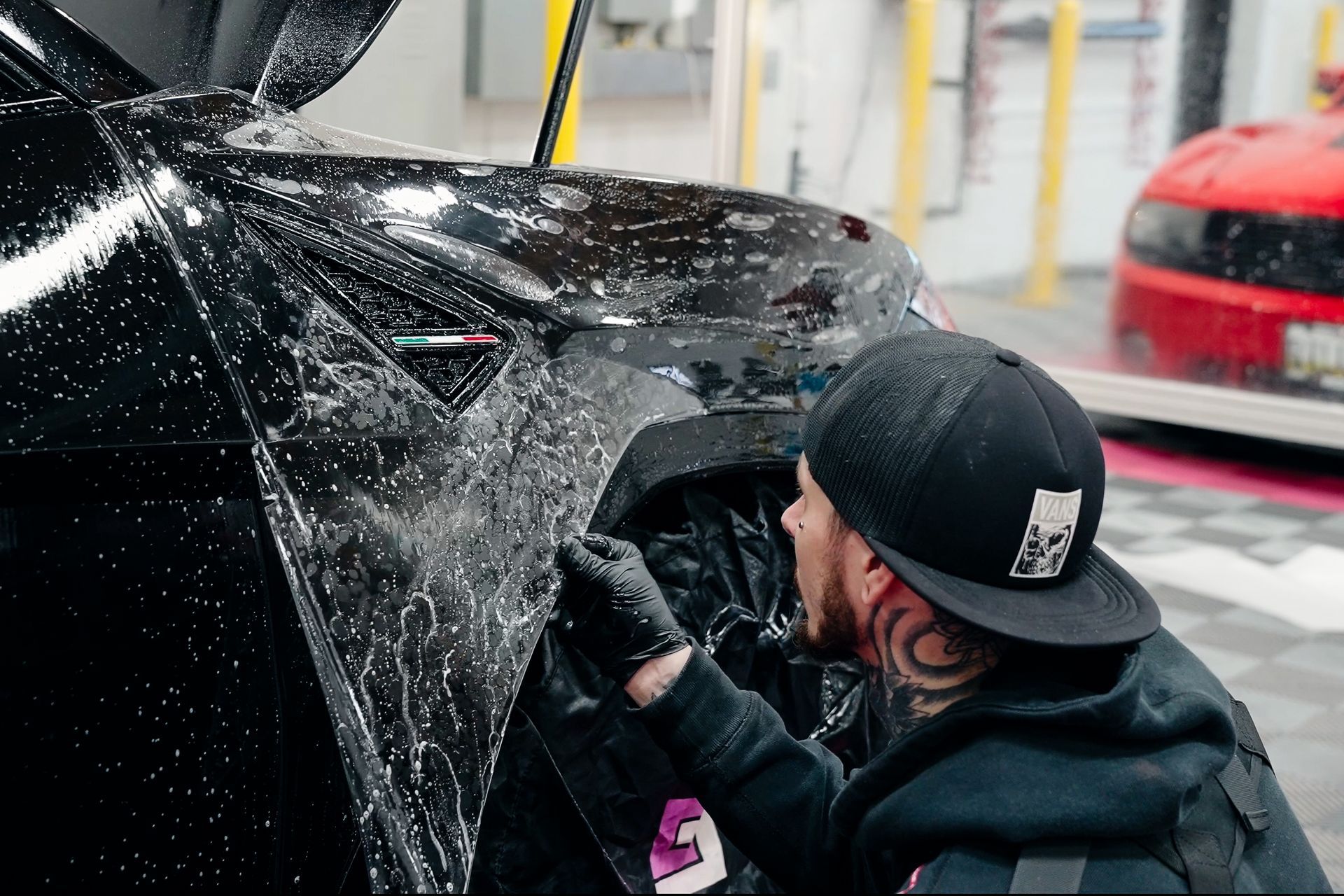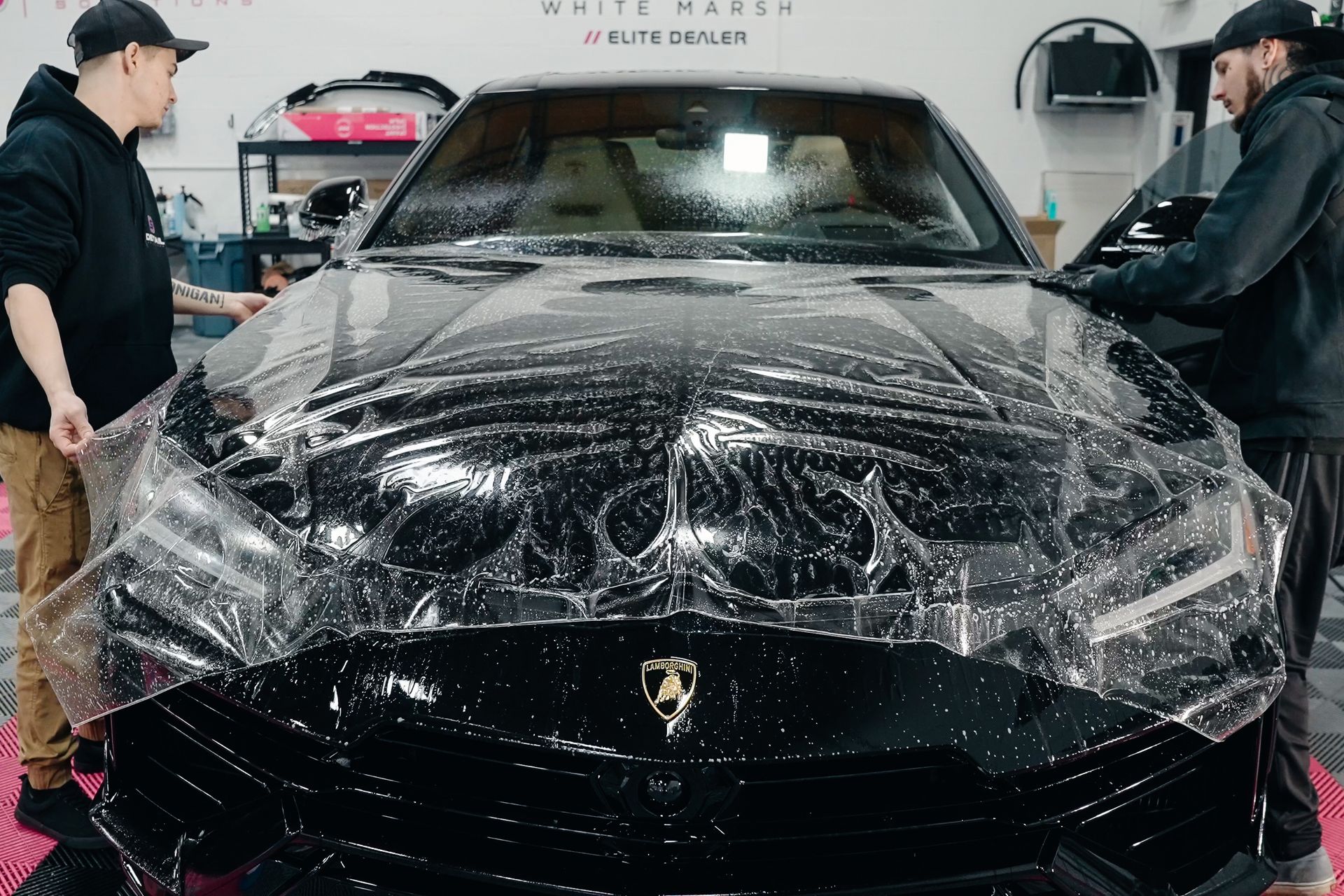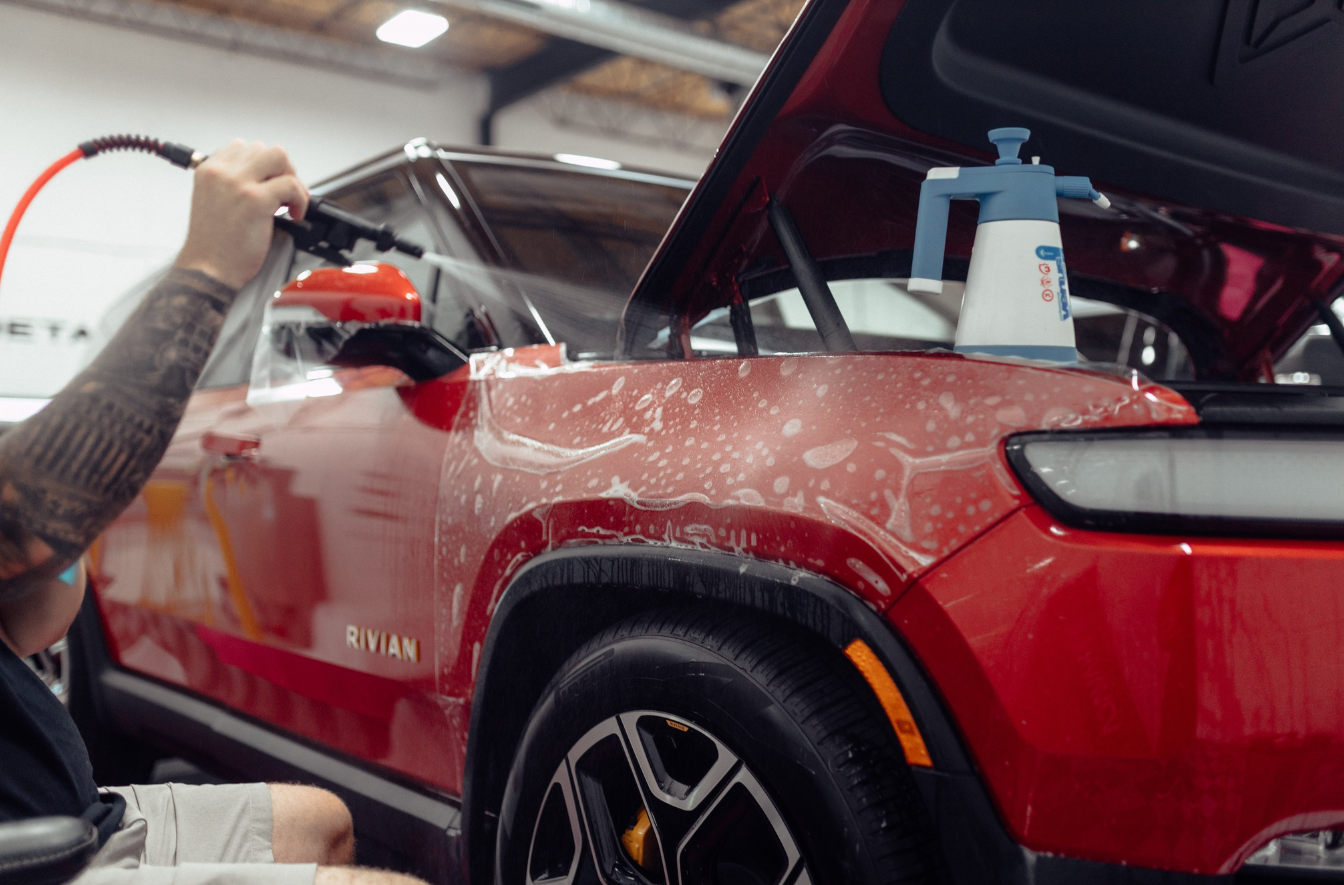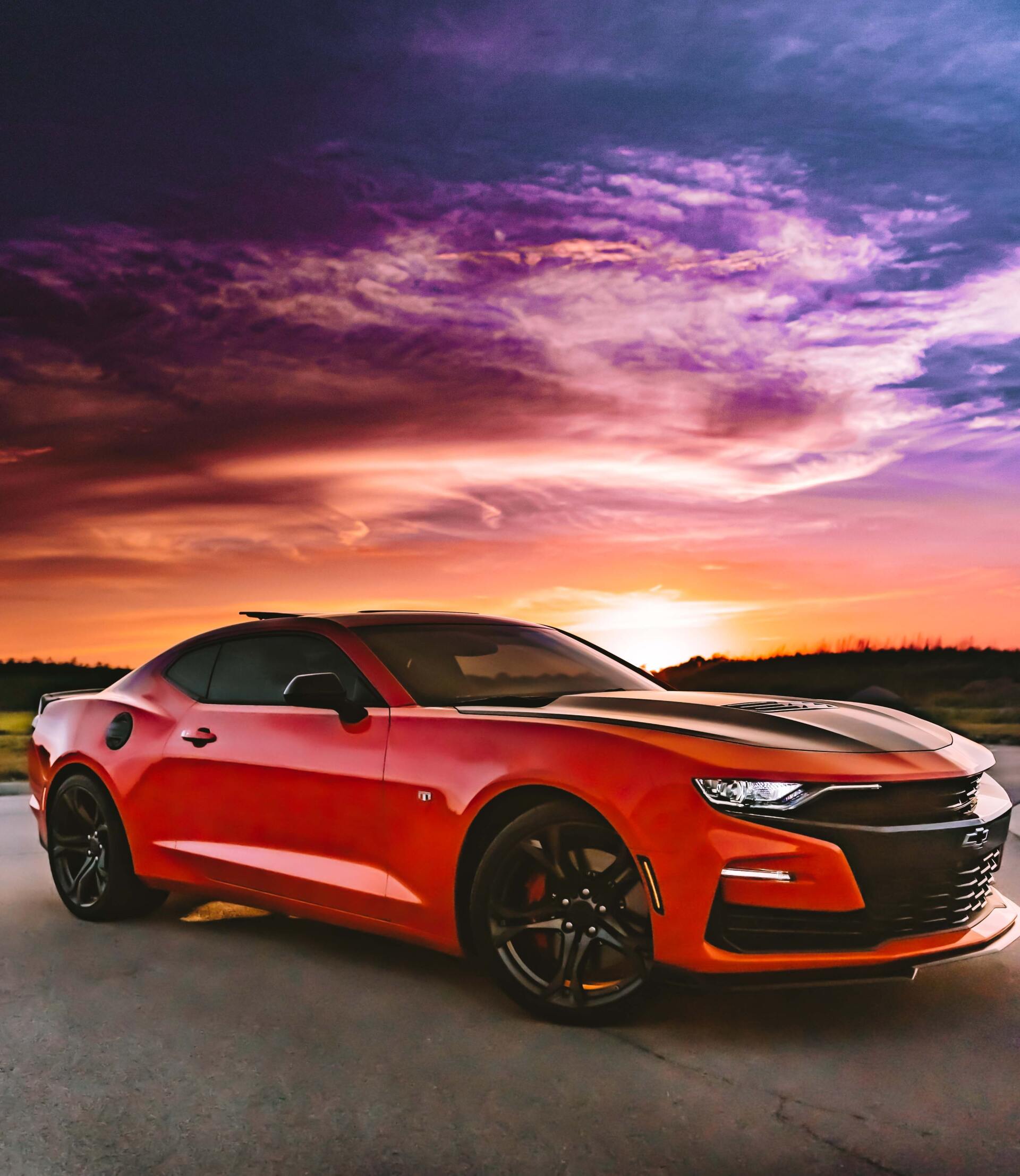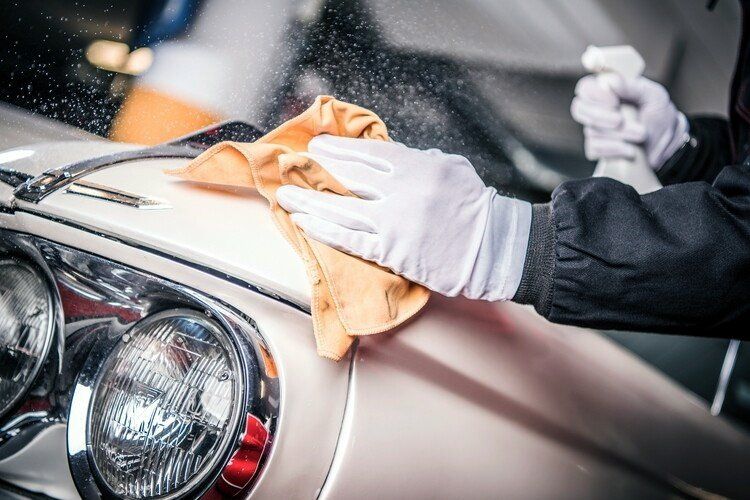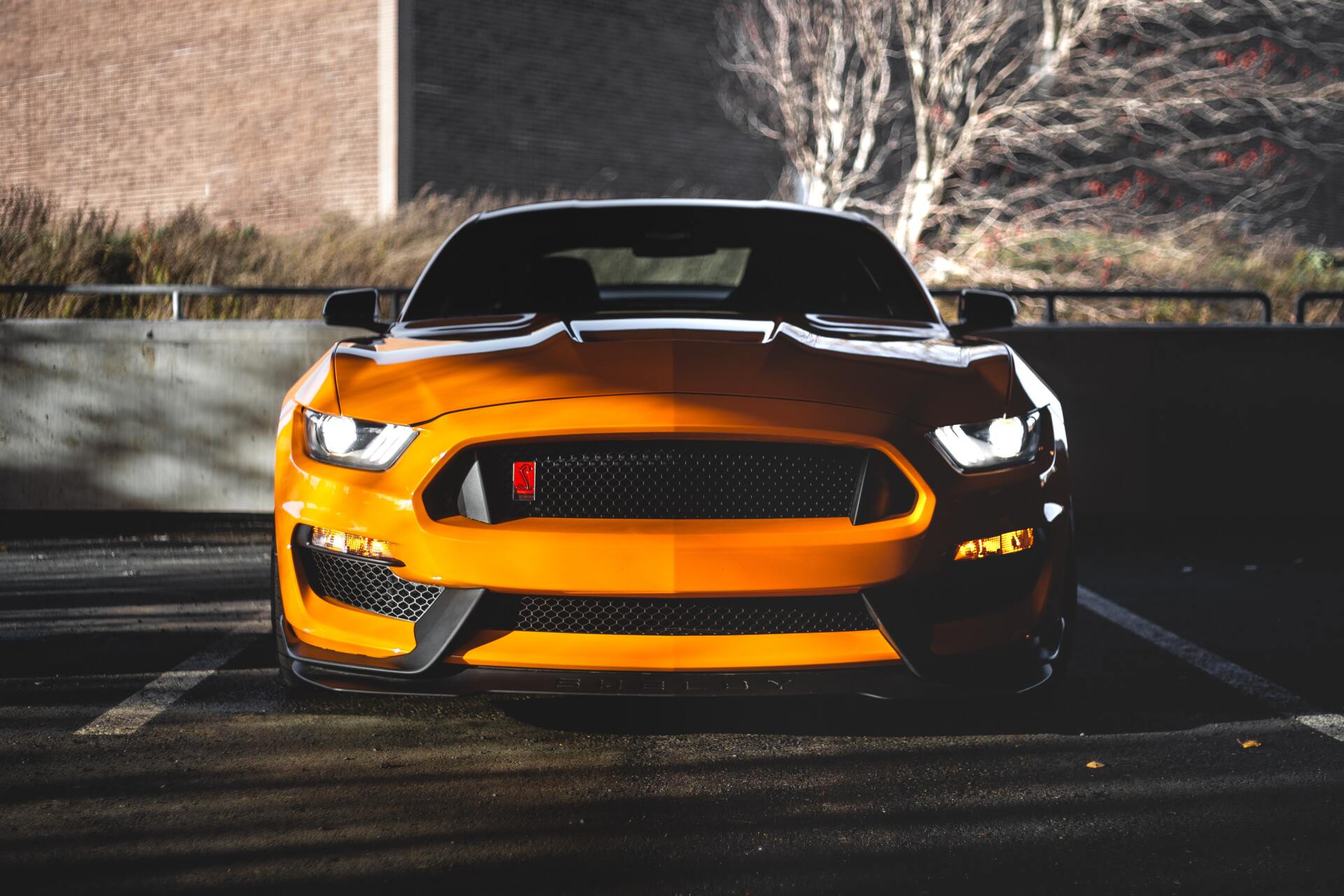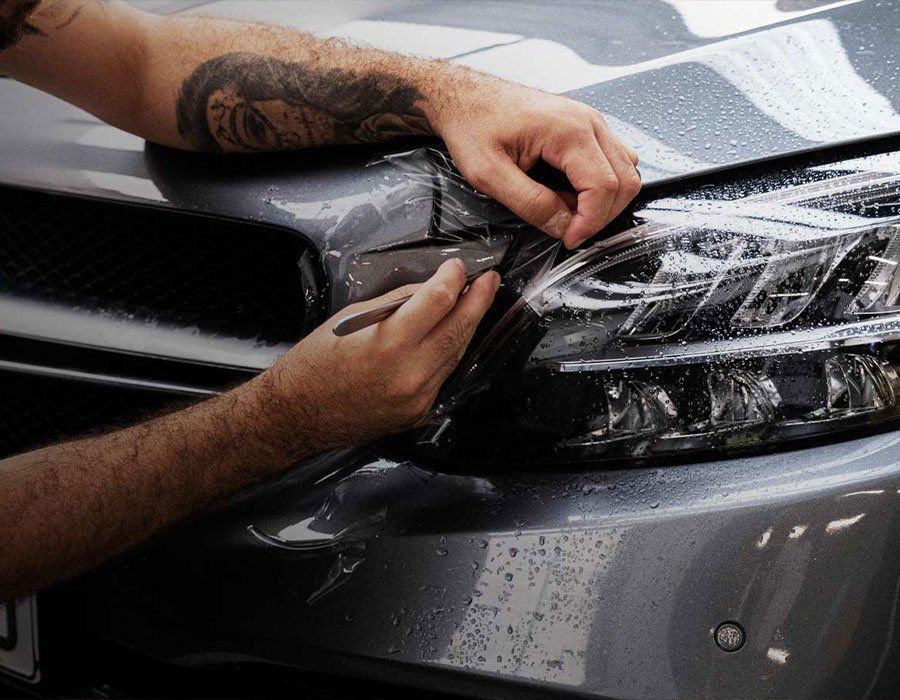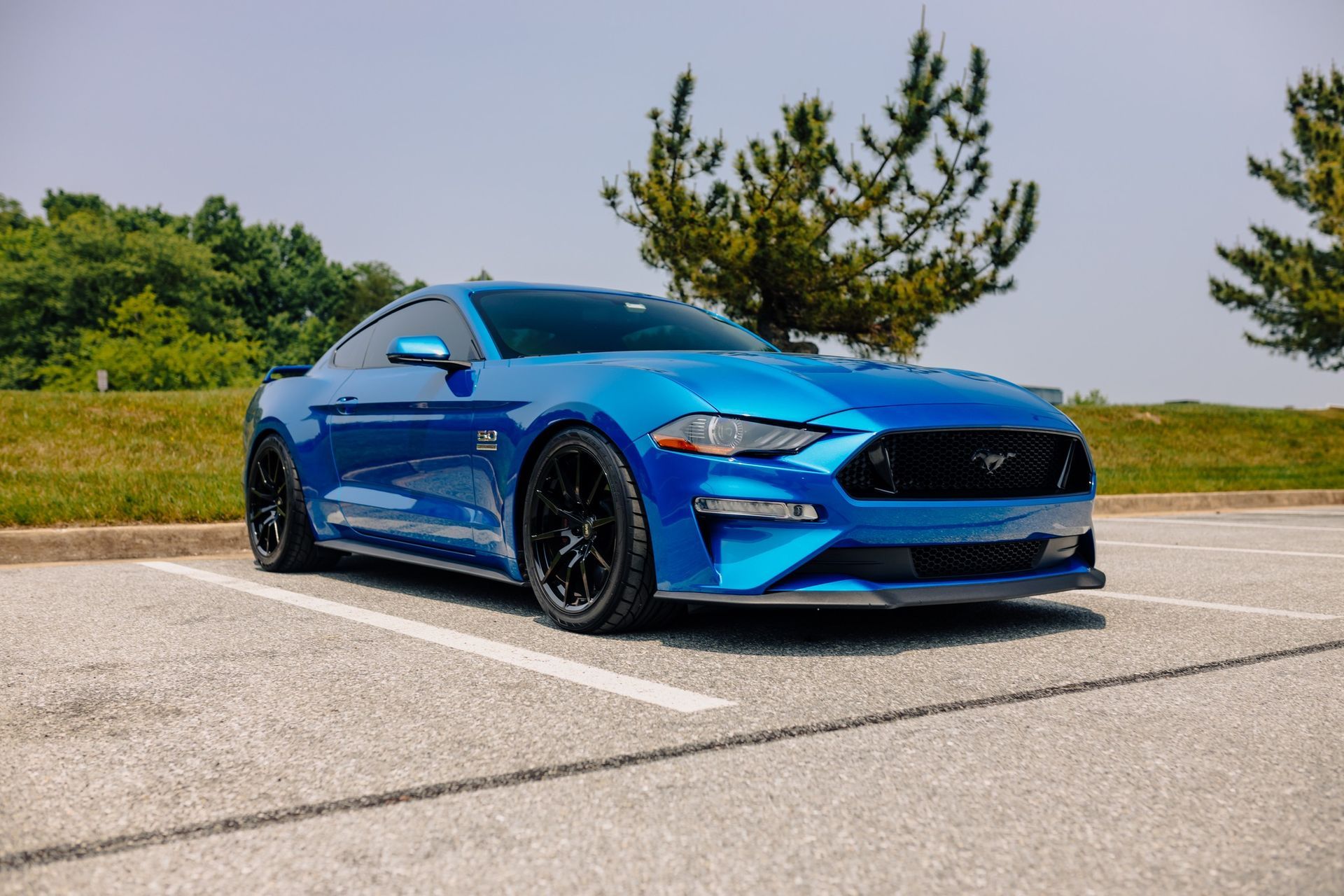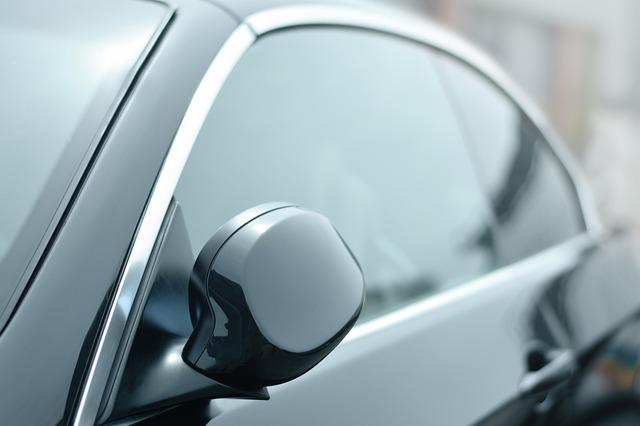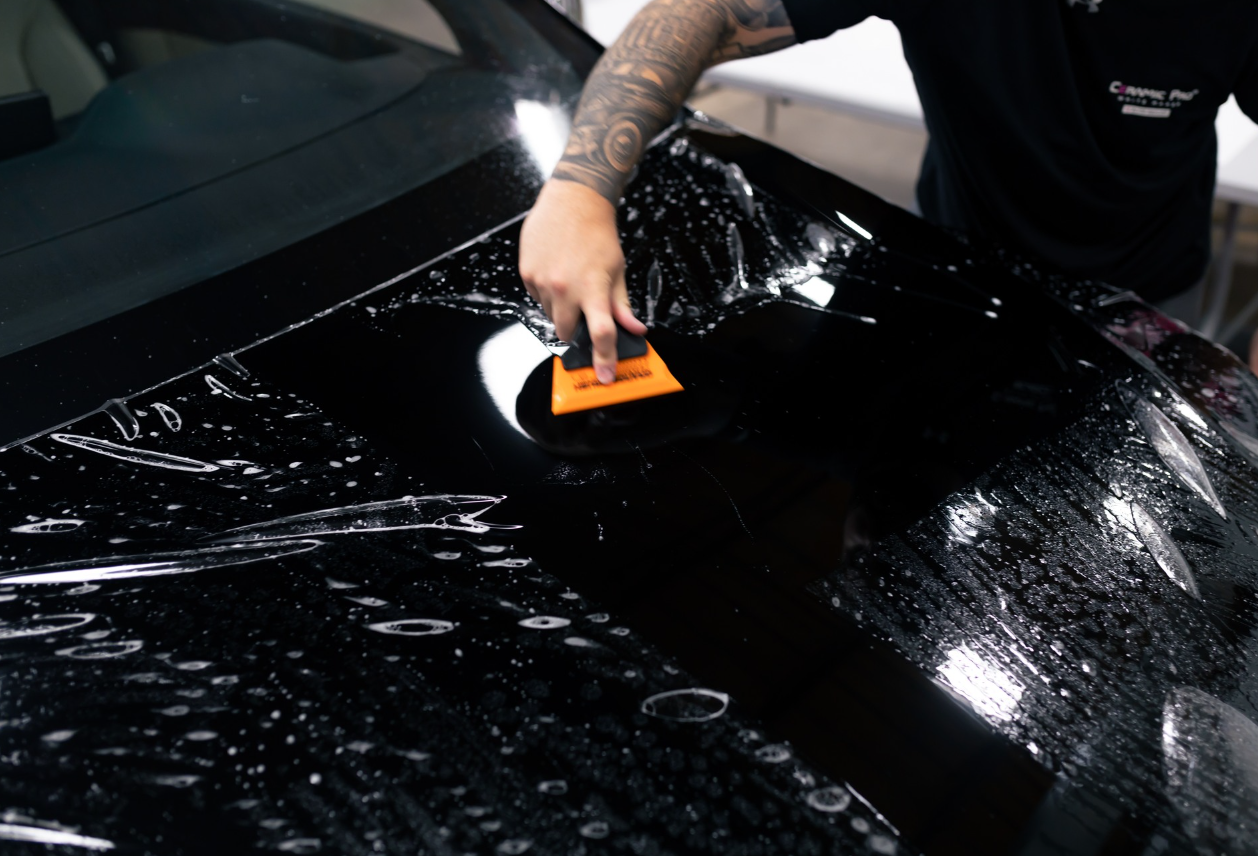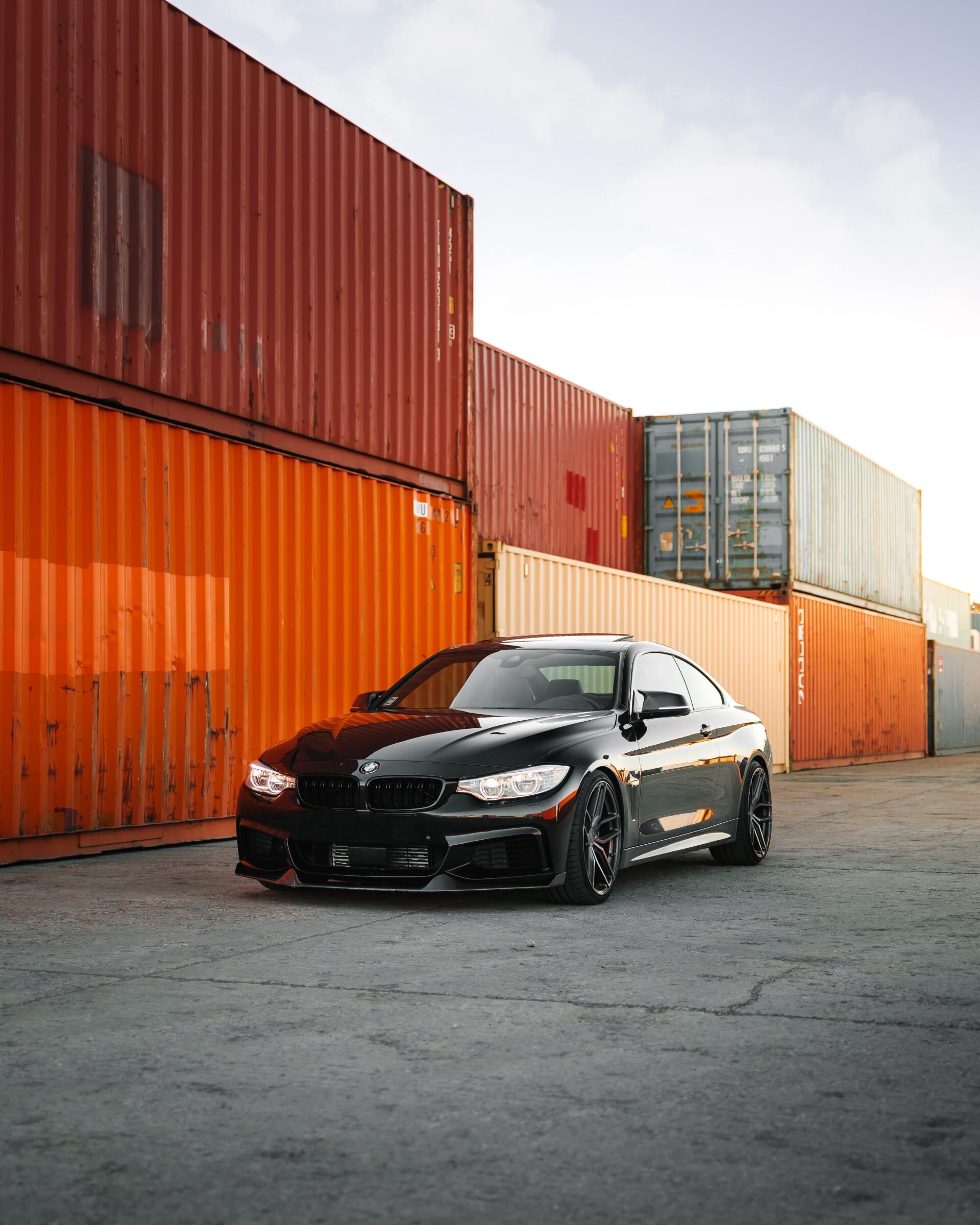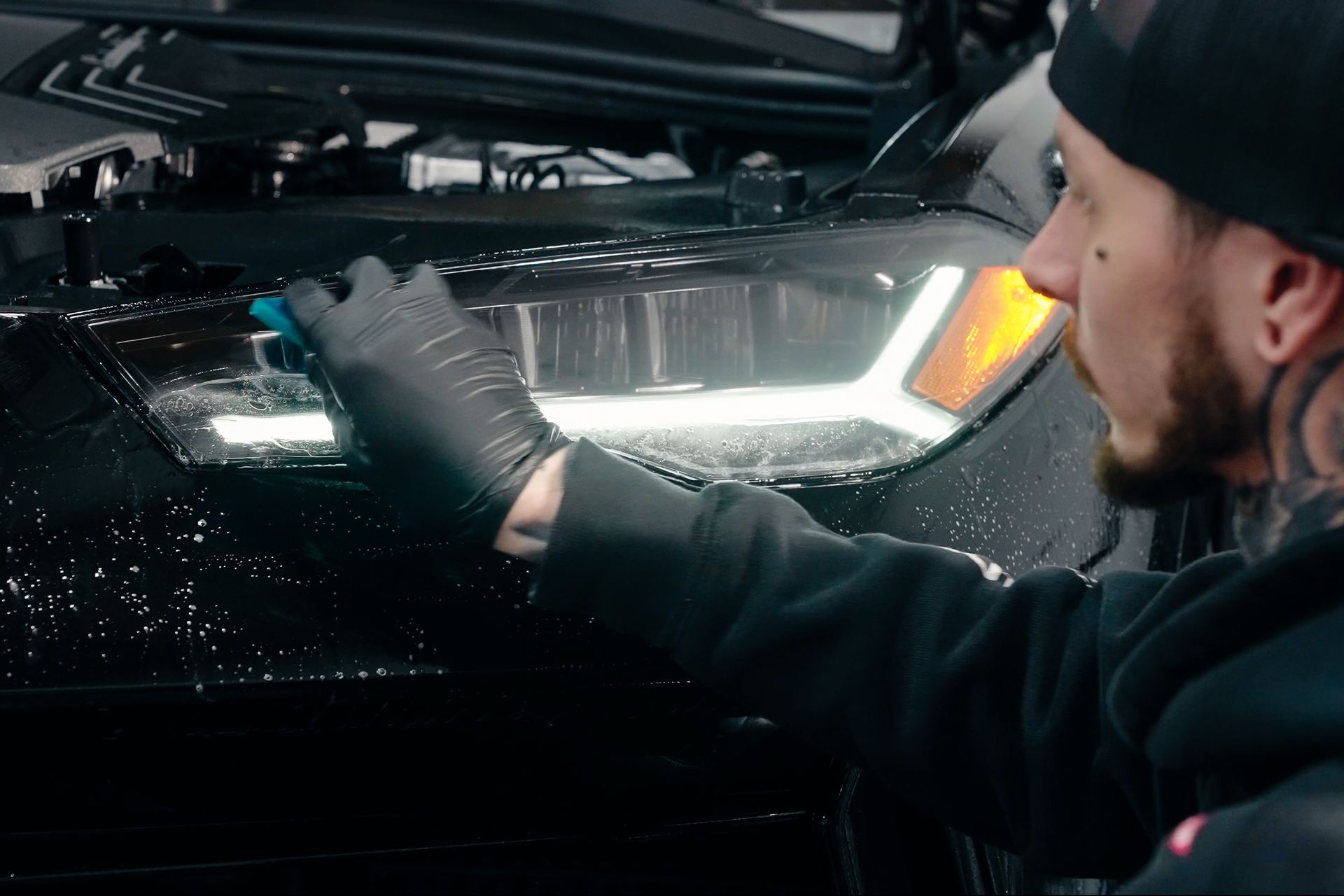Is It Possible to Apply PPF Over Areas with Existing Paint Damage?
When it comes to protecting your vehicle's finish, many people are curious about Paint Protection Film (PPF)—especially when they notice existing paint damage. You might be wondering if applying a shiny film over scuffed or chipped paint is a smart move or just a way to cover up problems. After all, nobody wants to trap moisture and dirt under a glossy layer, leading to even worse issues down the line. In this article, we’ll explore whether it’s a good idea to apply PPF over damaged paint, weigh the pros and cons, and give you some tips on how to make the best decision for your vehicle’s surface. Stick around as we break down everything you need to know about this protective measure!
While PPF can technically be applied over areas with existing paint damage, it is generally not recommended as this may trap imperfections and complicate future repairs. It's best to address any damage before applying the film to ensure optimal adhesion and effectiveness.
Applying PPF on Damaged Paint
Applying PPF to damaged paint is no simple decision; it often leads to conflicting opinions among professionals and enthusiasts alike. On one hand, some argue that applying a protective layer over imperfections simply hides underlying issues without addressing them. This can be particularly concerning because moisture or contaminants trapped beneath the film could further deteriorate the paint underneath over time. On the other hand, some advocate for this method as a temporary shield against additional damage, which can offer peace of mind in the short term.
The reality is that applying PPF over existing damage can lead to mixed results. For minor scratches, many users have found that the film successfully provides an extra protective layer that wards off harmful elements. However, larger chips or more significant damage can create complications, trapping moisture and possibly leading to corrosion.
Benefits of PPF
Paint Protection Film offers numerous benefits when applied to well-maintained paint surfaces. One prominent advantage is its ability to shield your vehicle from a variety of environmental hazards. Imagine driving through rugged terrain or a bustling city, where road debris and harsh weather can easily wreak havoc on your car's finish.
PPF serves as an invisible barrier that protects against rock chips, minor abrasions, bird droppings, and even acid rain. By acting as a first line of defense, it effectively reduces the risk of damaging your paint.
Self-Healing Properties
Consider the self-healing properties of your car as a natural miracle occurring directly on its surface! This innovative feature is activated by heat from the sun or warm water. The magic behind it lies in the advanced material used in PPF; when you expose a scratch to heat, the film expands slightly and the indentations or scratches literally heal themselves.
This means that minor scratches can disappear over time without additional maintenance. Instead of worrying about every tiny blemish or scratch after a drive, you can simply enjoy the ride and allow the film to take care of the rest. It's practically like magic, restoring clarity and gloss to maintain a showroom-quality appearance.
With these robust protective properties in place, one has to consider how such features contribute not only to aesthetic appeal but also financial value.
Enhanced Resale Value
Applying PPF isn't just about protection—the film can also increase the resale value of your vehicle by approximately 10-15%. When potential buyers see a well-kept car with flawless paint instead of one marred by chips and scratches, they are often willing to pay more for that pristine condition. This investment in PPF proves valuable when it comes time to sell or trade-in your vehicle.
As we explore further, it's essential to consider not only the benefits but also what happens when existing paint damage comes into play on your vehicle's surface.
Potential Issues with Damaged Paint
One major concern when considering PPF application over damaged paint is the risk of trapping imperfections. When the protective film is laid down over rough or inconsistent surfaces, it can easily entrap dirt, debris, and moisture beneath its glossy exterior. This creates a hazardous environment where accumulated moisture can foster rust and corrosion, especially around chipped areas. If a vehicle has stone chips from road debris, PPF may inadvertently cover these vulnerabilities while also trapping moisture inside, encouraging further deterioration rather than preventing it.
As we dive deeper into this subject, another consequence of applying PPF to damaged surfaces is the risk of an uneven appearance.
Have you ever noticed cars with strangely textured paint jobs? When PPF is placed onto uneven or chipped surfaces, inconsistencies become exaggerated; the smoothness of the film clashes with the imperfections underneath, resulting in a visually distracting finish. Imagine gliding your hand along a dull patch and then hitting a glossy, pristine area—it disrupts the flow and beauty of the vehicle's aesthetics. This unevenness reflects deeper underlying issues that should be addressed prior to installation. While these concerns are significant, protecting intact paint remains a priority.
To avoid such pitfalls, consider tackling any existing paint damage first before deciding on PPF installation.
Expert Advice on PPF Application
When considering the installation of PPF over existing paint damage, consulting with experienced installers is a critical first step. These certified professionals have likely encountered various scenarios and can provide tailored guidance based on your specific situation. Many established PPF installers offer complimentary consultations, enabling you to assess whether applying PPF is the most suitable option for your vehicle. They evaluate the extent of your paint damage and help set realistic expectations about what the PPF can achieve in terms of appearance and protection.
In addition to consulting with experts, addressing any pre-existing issues is key to a successful PPF application.
Consultation from Experienced Installers
This leads us to the importance of pre-application repairs. Before you even think about laying down that film, it’s paramount to correct any imperfections in the underlying paint. Expert recommendations emphasize conducting thorough paint corrections or touch-ups before starting with PPF.
The preparation process may include buffing out scratches or applying a clear coat over minor chips. Even the smallest imperfections can compromise the final aesthetic appeal of your vehicle after PPF is applied. After all, if you’ve gone through the effort to invest in high-quality protection film, you'll want it to look pristine rather than highlighting existing flaws.
Once these preparatory steps are complete, it’s essential to ensure that you utilize high-quality materials during installation.
Pre-application Repairs
Another essential aspect revolves around not just cosmetic fixes; functional integrity should be addressed too. If damages are extensive or if rust has set in, it might be worth considering full paint restoration before opting for PPF. By addressing these issues early on, you're enhancing your vehicle's resilience against external factors and everyday wear and tear. Additionally, selecting high-quality protective films plays an essential role in ensuring effective coverage over any imperfections; a superior product will perform better and adhere properly.
As you see, preparing for high-quality PPF applications involves multiple layers of consideration and expertise.
Proactively engaging with experienced installers and addressing necessary repairs ahead of time ensures that your vehicle looks great while remaining protected against future damage as well.
With this understanding of effective preparation techniques in mind, it's important to explore other viable options available for those damaged areas on the vehicle.
Alternative Solutions for Damaged Areas
When it comes to addressing paint damage, repainting is often the most straightforward and effective solution. This process not only restores the damaged area beautifully but also ensures a uniform finish across the surface. A well-executed repaint job can significantly enhance the appearance of your car by seamlessly blending any unsightly imperfections with the surrounding paint.
It's essential to choose an experienced professional for this task; they can accurately match the color and properly prepare the surface for future applications of PPF, if desired.
However, if you're looking for a quicker fix or want to supplement a repaint, ceramic coatings can be an excellent alternative. These coatings provide a liquid form of protection that guards against minor scratches, chips, and UV damage. While they may not have the same robust physical barrier as PPF, ceramic coatings still offer a protective layer over your paint job, which can enhance its longevity.
Think of ceramic coatings as armor that clings closely to your paint. They may not be impenetrable against all forms of damage, but they certainly fortify your vehicle against various environmental aggressors such as dirt, road grime, and harmful UV rays.
Beyond these options, other methods exist to maintain and enhance your vehicle's look over time without worrying about extensive repairs. Selecting the appropriate solution depends on your specific needs—be it aesthetics, protection levels required, or how soon you desire results.
Long-Term Effects on Vehicle Maintenance
Proper maintenance of Paint Protection Film (PPF) is crucial for keeping your vehicle safeguarded against wear and tear over time. A key part of this maintenance involves regular inspection and care. By routinely checking your PPF, especially in high-impact areas such as the front bumper and hood, you can catch any signs of wear or damage early on. Look for small scratches or discoloration, as these can be indicative of a failing film.
To keep the PPF in top condition, clean it with a mild detergent mixed with water at least once a month. This simple step removes dirt and road grime while preventing any buildup that could degrade the film's integrity. It is crucial to use a soft microfiber cloth to prevent any surface scratches during the cleaning process.
Over time, this regular attention not only enhances the appearance of your vehicle but also extends the lifespan of the protective film.
Lifespan of PPF on Damaged Paint
While PPF typically has a lifespan of five to seven years, its longevity can be severely affected if it’s applied over painted surfaces that have not been maintained well. When damage exists—such as chips or scratches—the effectiveness of the film may diminish. It can’t adhere properly to rough or uneven surfaces, making it more prone to peeling or bubbling over time.
Studies have indicated that films applied over well-maintained paint surfaces tend to outlast those placed on damaged areas significantly. Users have reported that their experiences with PPF were much more favorable when the underlying paint was in good condition prior to application.
Therefore, if you're considering applying PPF, be aware that investing in proper paint repairs beforehand may save you headaches down the line. It not only preserves the protective layer but also enhances your vehicle's overall aesthetic appeal.
When you combine this knowledge with an effective maintenance routine, you can enhance both the protection and visual appeal of your vehicle. In essence, treating your car with care doesn't merely preserve its beauty; it profoundly influences the effectiveness and longevity of Paint Protection Film as well.
So, make regular inspections and cleanings part of your auto care regimen—your investment will thank you in both performance and durability. For more information on how to apply PPF effectively or to explore our services, contact us at Baltimore Detail or call us at (410) 238-3000.


